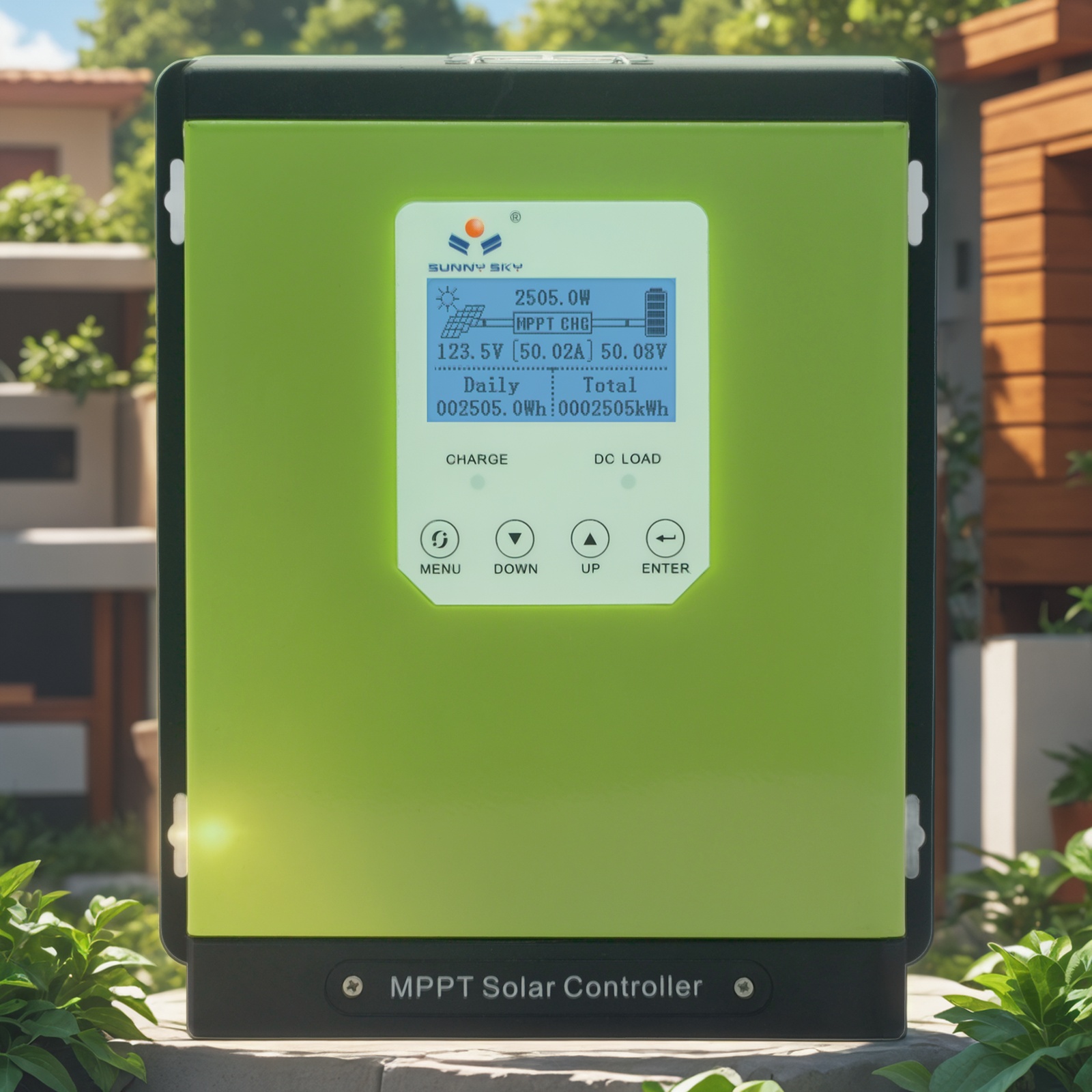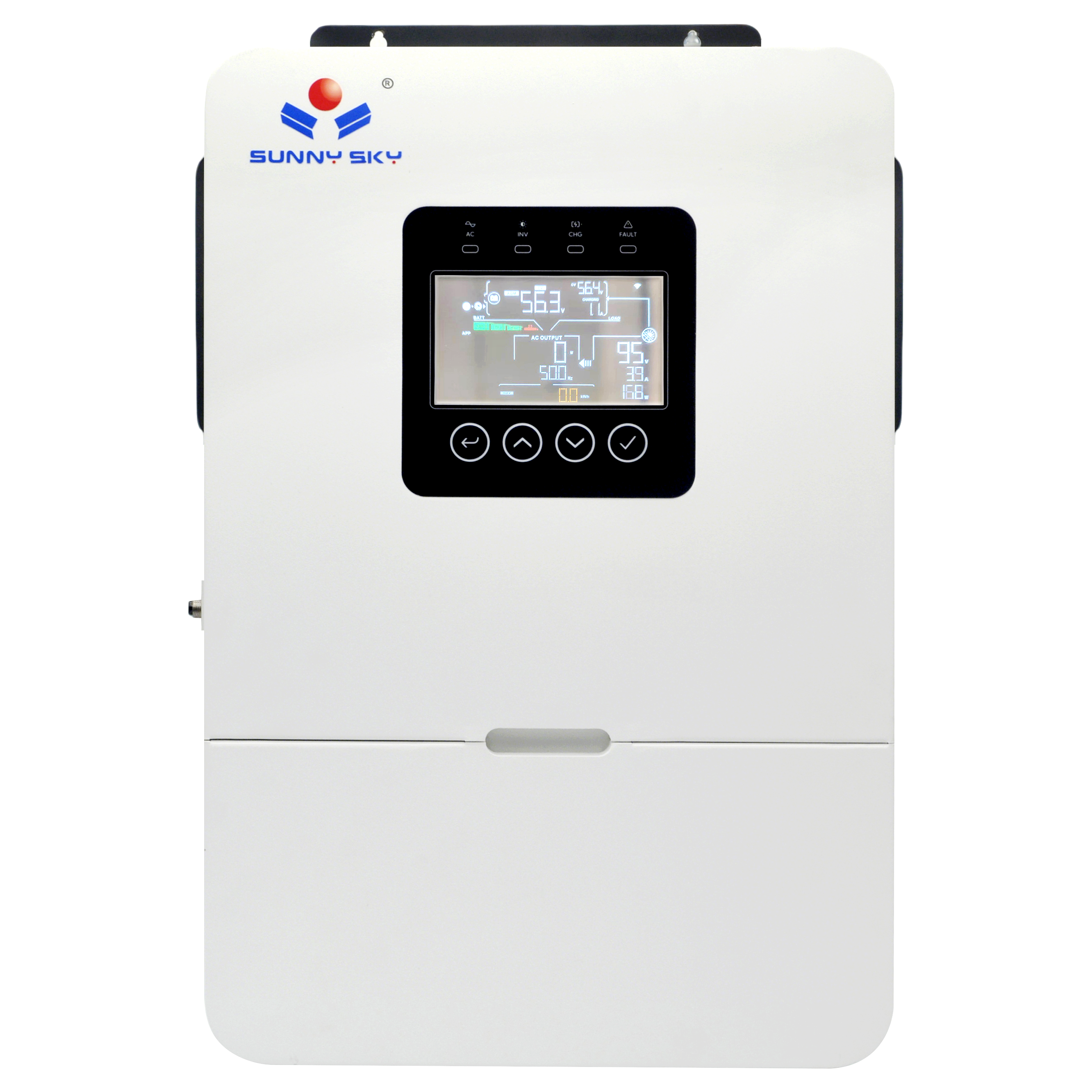As the world increasingly turns to renewable energy, the technology driving solar power systems is evolving at a rapid pace. At the heart of this evolution is the modern MPPT solar charge controller, a device that has transformed from a simple utility component into the sophisticated brain of a personal power plant. This trend analysis will explore the key shifts in charge controller technology, highlighting how advancements are making solar energy more efficient, accessible, and intelligent for everyone, from off-grid adventurers to eco-conscious homeowners.
The Core of Efficiency: The Rise of Advanced Maximum Power Point Tracking
One of the most significant and enduring trends is the relentless pursuit of higher solar charge controller efficiency. This is primarily achieved through more sophisticated Maximum Power Point Tracking (MPPT) algorithms. These systems dynamically adjust the electrical operating point of the solar panels to extract the maximum available power, regardless of changing light conditions. Early MPPT systems offered a significant boost over older PWM technology, but the current trend is about refinement. Modern controllers use faster microprocessors and smarter software to track the power point more accurately and quickly, squeezing every last watt from your panels. This is crucial as it allows for smaller, more cost-effective solar arrays to meet energy demands. Products like the Sunny Sky MPPT Solar Controller are at the forefront, engineered to optimize energy harvesting and ensure that the solar charge controller efficiency is at its peak throughout the day, maximizing your return on investment.
Smart Integration and User-Centric Design
Gone are the days of cryptic blinking lights and guesswork. The market is decidedly shifting towards smart solar charge controllers that offer unprecedented user insight and control. The modern user expects data, and manufacturers are responding with devices that feature clear, comprehensive displays. For instance, the Sunny Sky controller’s crisp LCD screen provides real-time metrics like voltage, amperage, and total power output, empowering users to actively manage their energy. This move towards user-centric design is a frequent topic in solar charge controller reviews, where ease of use and data accessibility are highly praised. This trend also includes remote monitoring via Bluetooth or Wi-Fi, allowing users to check their system status and historical data from a smartphone, bringing a new level of convenience and oversight to energy management.
Adapting to New Energy Storage: Lithium and Beyond
The rapid adoption of new battery chemistries is another powerful trend shaping controller design. As consumers move from traditional lead-acid batteries to options like Lithium Iron Phosphate (LiFePO4), the need for a compatible solar charge controller for lithium batteries has become paramount. These advanced batteries require specific charging profiles to ensure safety, performance, and longevity. The best MPPT solar controllers on the market today offer configurable settings for various battery types. For more complex systems, such as those on large RVs or off-grid homes with multiple solar arrays facing different directions, the emerging trend of the dual MPPT solar charge controller is gaining traction. This technology uses two independent tracking channels within a single unit, optimizing power from separate arrays and further enhancing overall system output.
Simplified Installation and Broader Applications
As solar power becomes more mainstream, there is a clear trend towards simplifying solar charge controller installation. Manufacturers are designing controllers that are more intuitive for both professional installers and DIY enthusiasts. This includes clearer labeling, plug-and-play connectors, and comprehensive, easy-to-understand manuals. The goal is to lower the barrier to entry and reduce the potential for installation errors. This simplification, combined with robust performance, has broadened the application of these devices. An advanced MPPT solar charge controller is no longer just for a remote cabin; it's a versatile component found in RVs, boats, and residential grid-tied systems with battery backup, demonstrating the expanding role of personal solar energy generation in our daily lives.


